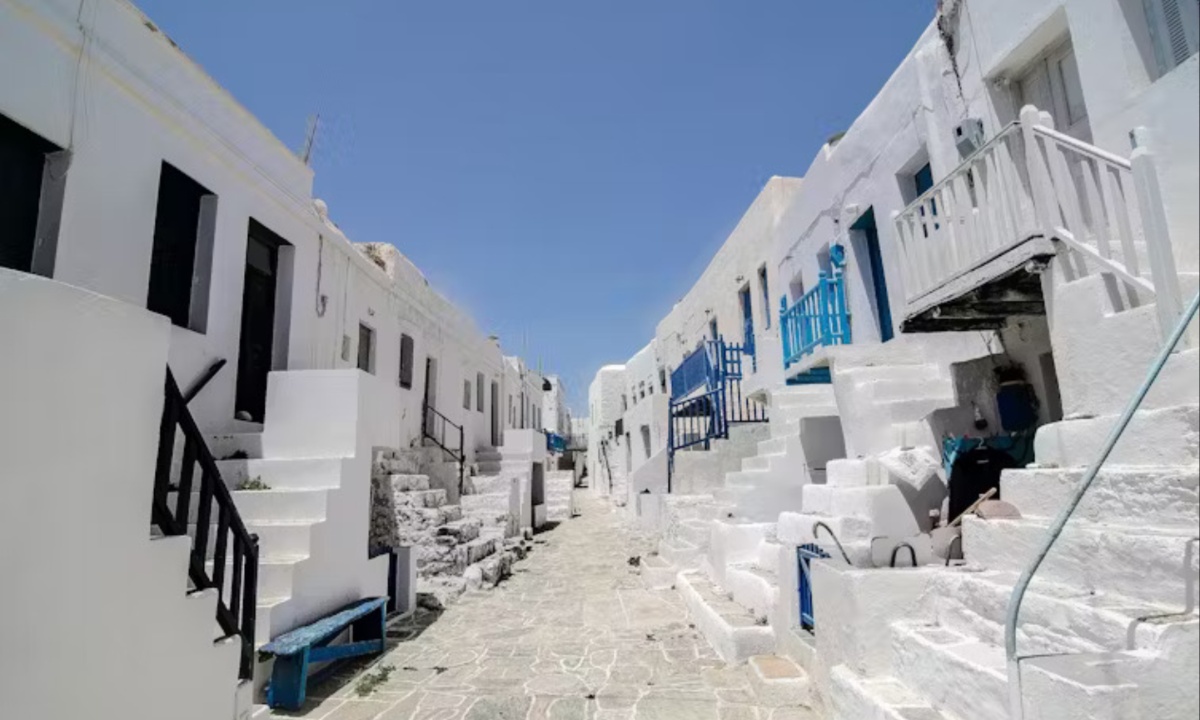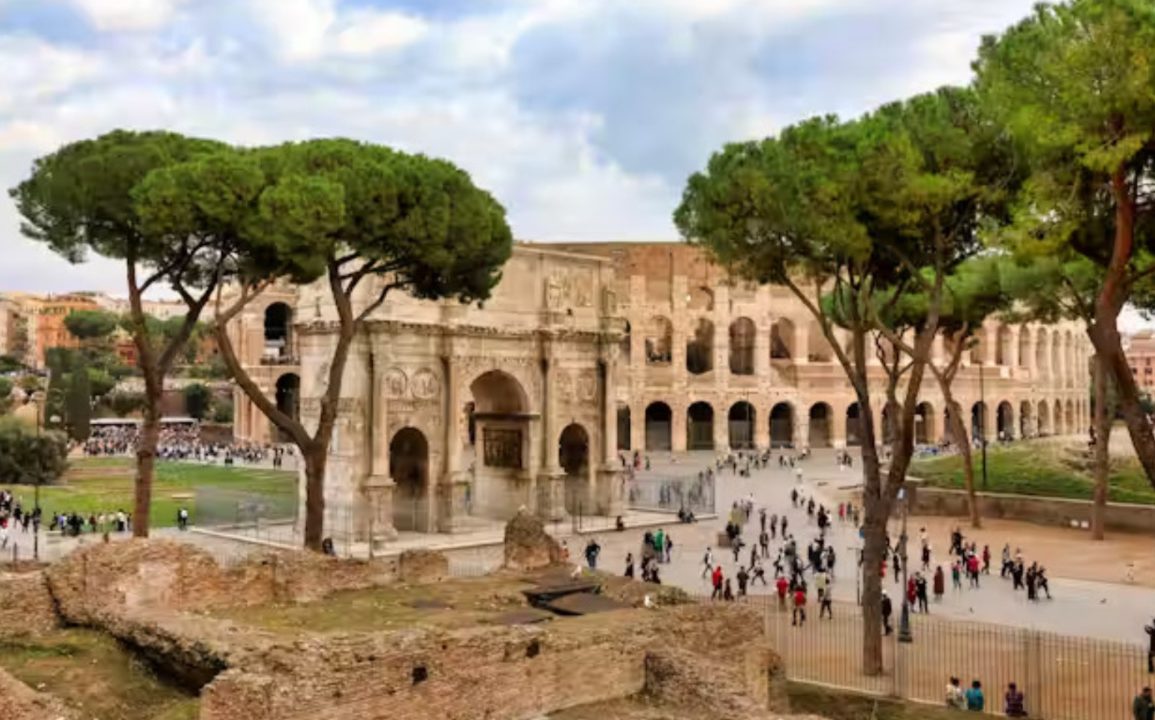As global temperatures rise and heat waves become more intense, a surprising fact offers some hope for urban areas: certain city blocks remain cooler even during extreme heat. This phenomenon has been understood for centuries, with ancient civilizations like Rome implementing architectural strategies to manage heat.
Narrow streets were used to limit sunlight exposure, and the whitewashed buildings of the Greek Isles reflected sunlight to keep areas cooler. These historical approaches highlight how urban design can influence local temperatures, offering lessons that are increasingly relevant today.
Modern cities often inadvertently increase their own temperatures through the “urban heat island effect.” This phenomenon occurs when developers remove trees, diminishing the shade and cooling benefits provided by vegetation. The widespread use of heat-absorbing materials like asphalt and concrete further intensifies the problem by trapping heat within urban environments.
Additionally, waste heat from industrial activities, vehicle emissions, and air conditioning systems contributes to higher temperatures, particularly in densely built areas where heat becomes trapped. As a result, urban temperatures can rise significantly, creating serious health risks, especially in neighborhoods lacking adequate cooling infrastructure.

To combat this, cities can adopt several strategies to cool down. Reducing greenhouse gas emissions is crucial, as urban areas are major contributors to global warming. Even with efforts to curb emissions, the long-term nature of climate change necessitates immediate adaptations.
Simple steps like increasing urban tree cover and using reflective building materials can make a significant impact. For example, planting trees in available spaces can lower temperatures by 5-10 degrees Fahrenheit, drastically reducing heat-related deaths.
Urban heat management is a key area of research, with studies demonstrating the effectiveness of these cooling strategies. At institutions like the Georgia Tech Urban Climate Lab, partnerships with city governments have shown that expanding green infrastructure and using cool materials can lead to substantial health benefits.
Cities like New York have already made progress by planting millions of trees, while Los Angeles has mandated cool roofs for new homes. These measures not only cool cities but also improve overall resilience to climate change.
Ultimately, cities have the power to significantly reduce their temperatures and protect residents from extreme heat. By aggressively increasing green spaces, transitioning to cool roofing materials, and incorporating vegetation into urban design, cities can lower temperatures by over 10 degrees Fahrenheit on hot days. Such efforts can reduce heat-related deaths by up to 60%, making urban environments safer and more livable in the face of a warming world.

